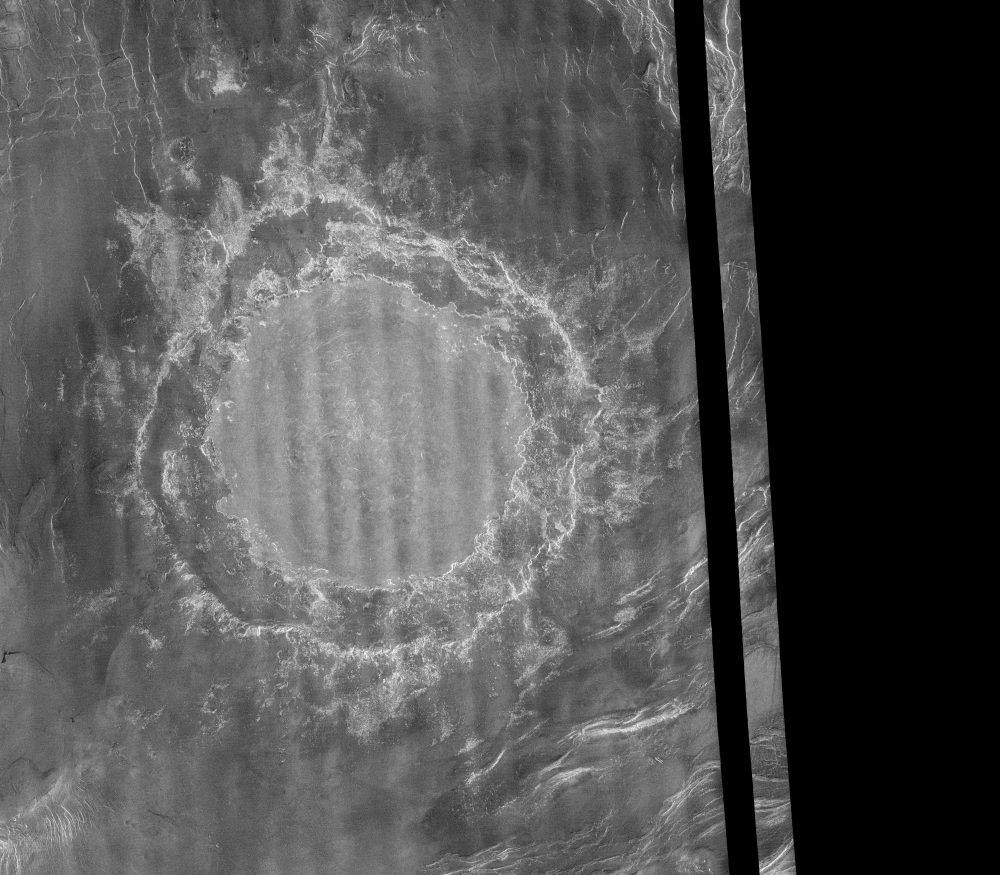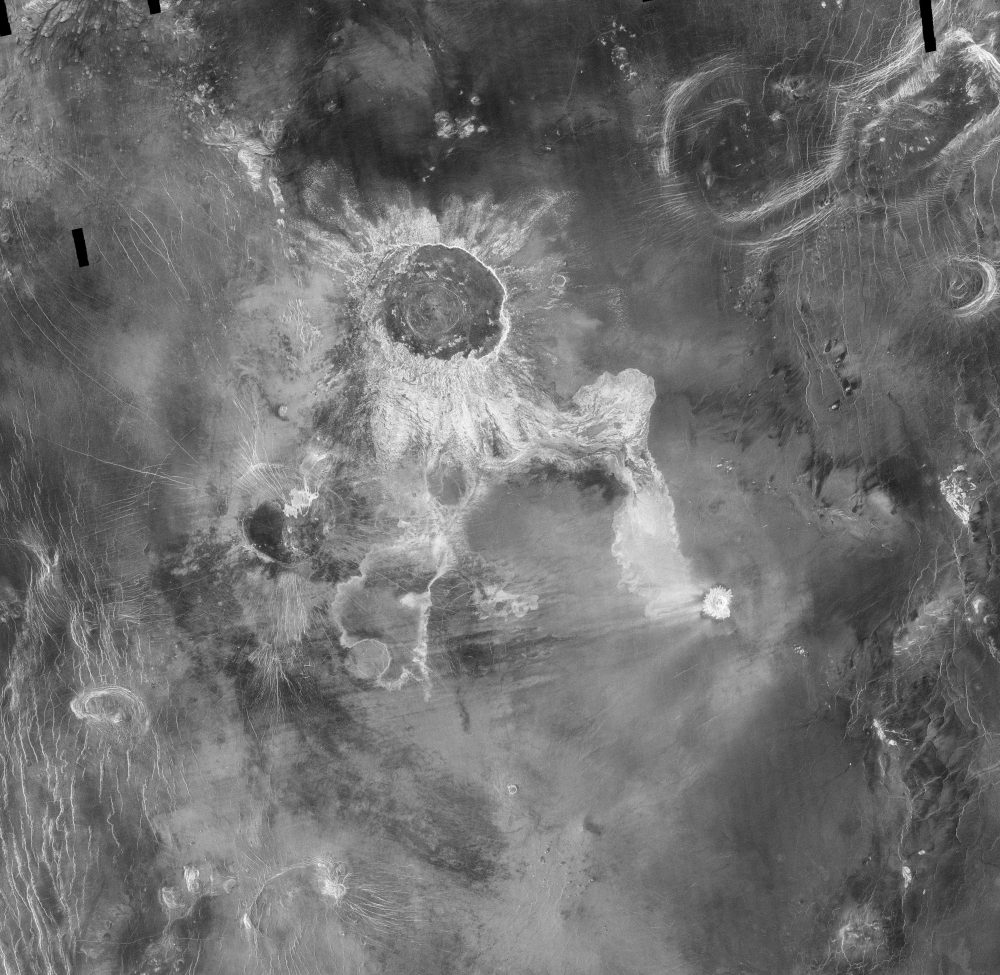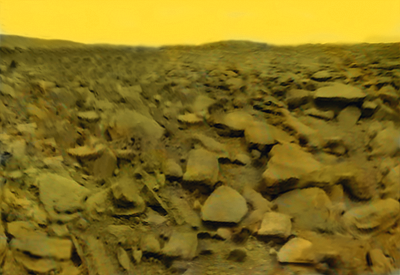Venus

"The morning star"
Venus, named after the Roman goddess of love and beauty, is the third-smallest planet in our solar system. Often referred to as “the morning star” due to Venus rising visibly in the sky just before the Sun each morning. Features of the planet include mountains, valleys, and tens of thousands of volcanoes. The tallest mountain on Venus is called Maxwell Montes, and it is 20,000 feet high, around the same size as Mount Everest on Earth.
Venus has been visited many times by various landers, including Venera 4, Venera 5, and Venera 6. Most attempts to land on Venus ultimately fail due to the extremely high temperatures there.
Traditional life here has been deemed somewhat likely, but not on the surface. Life is much more likely to exist within the cloud layer of Venus, where conditionals are much more reasonable.
Important Stats
- 2nd planet from the Sun (67 million miles)
- 0 moons
- 7,521 miles in diameter
- 3 degree axis tilt
- 225 day long years
- 90% of Earth’s gravity (8.87 m/s2)
- Average temperature of 847 degrees F
- Atmospheric makeup of mostly carbon dioxide with some clouds of sulfuric acid droplets
Moons
Surface Photos





